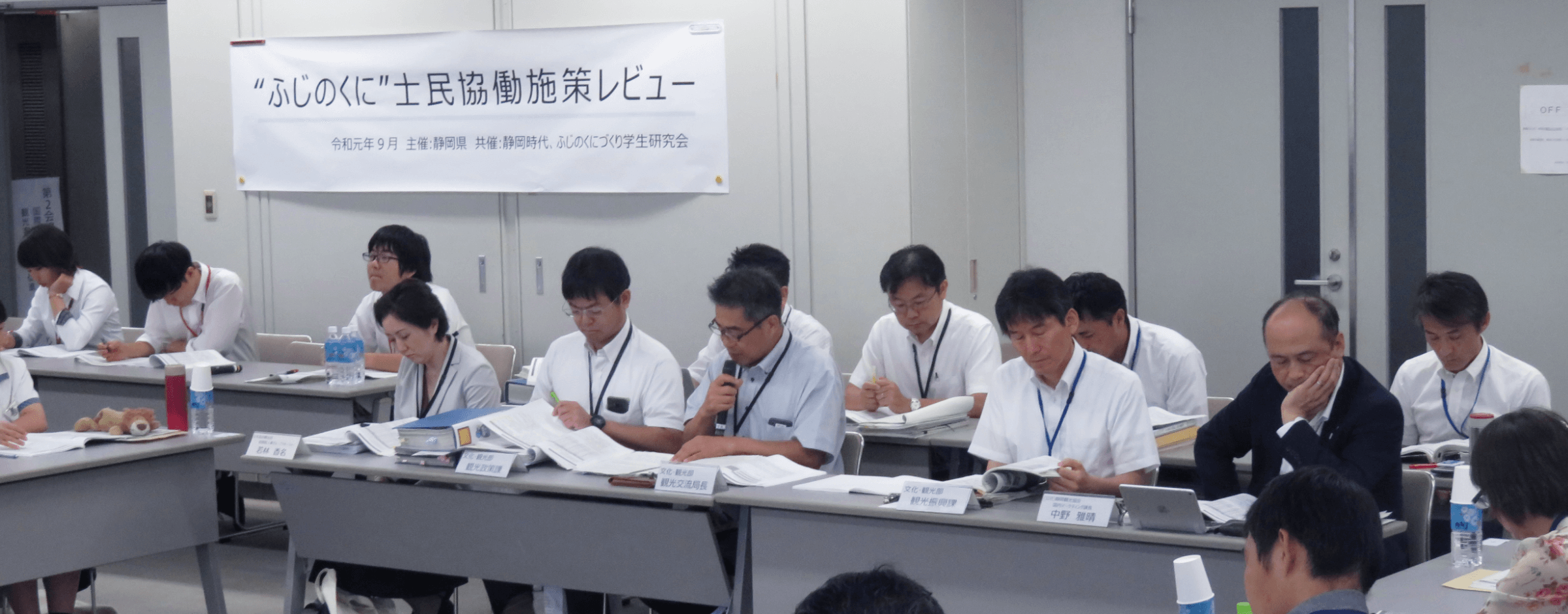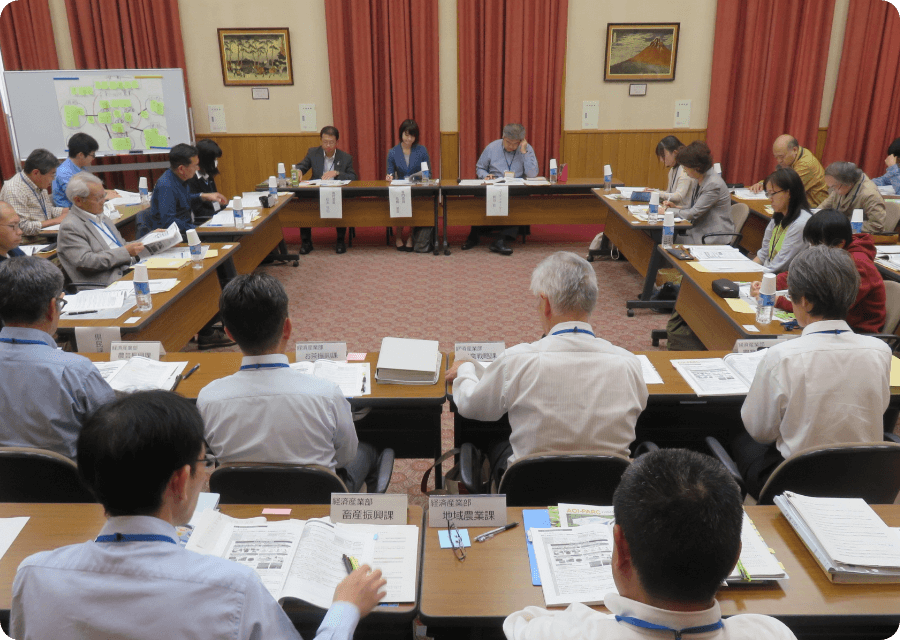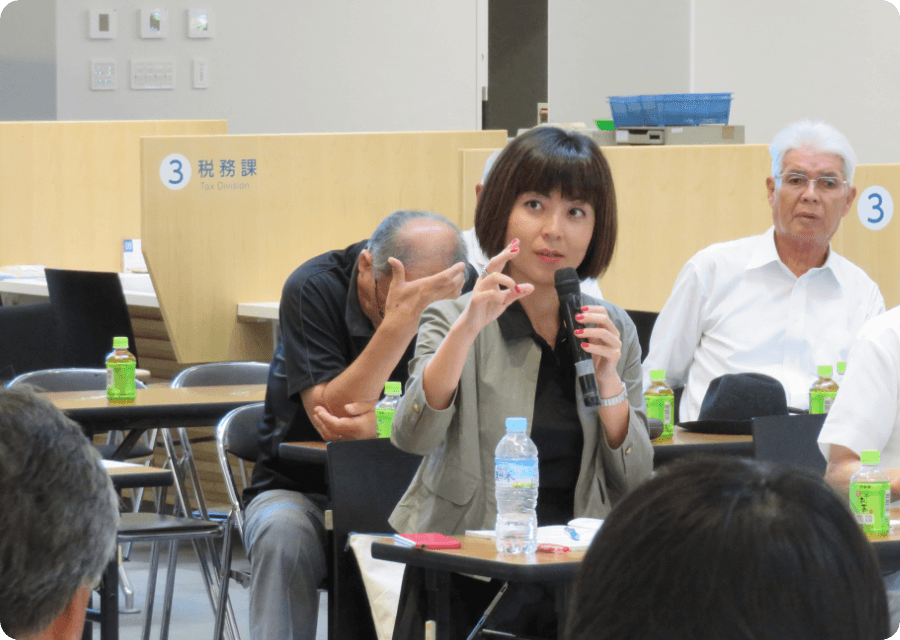Public Spending Review

In a Public Spending Review, residents look closely at a government project and determine whether it is really beneficial from their own point of view. Then, we work to eliminate wasteful spending in that project and to further reform the systems and organizations underlying the project.
*There are two types of Public Spending Review. In the first, residents join with one or more decision-makers in the review process. In the second, experts conduct a review without the participation of residents.
- 126
- Number of local governments that have carried out Public Spending Reviews
- 7000
- Number of projects reviewed
-
73%
- Percentage of projects improved
-
90%
or more - Increase in residents’ interest in government projects and tax spending
-
8 trillion(estimated)
yen - Total expenditure reduction

KOSO NIPPON initiated Public Spending Reviews in 2002
Administrative reform had been debated for many years in Japan, but no progress was made in improving government efficiency. Then, KOSO NIPPON initiated Public Spending Reviews—to reassess administrative projects from a frontline point of view rather than relying on abstract theories, to eliminate wasteful spending, and to make sweeping administrative and financial reforms, including the systems behind the projects and the relationship between the national and local governments. This concept is much the same as reviewing a company’s business and products from the consumer’s point of view. The Public Spending Review has served as a catalyst for residents to think about the use of taxpayers’ money—in other words, to think of government affairs as their own business. There is probably no other place in the world where individual administrative projects are being reviewed on an ongoing basis.

The Public Spending Review has spread throughout Japan, from local governments to the National Diet, and now the rest of the world is paying attention, too
Thus far, KOSO NIPPON has conducted over 280 Public Spending Reviews in more than 120 local governments. At the national level, the Liberal Democratic Party’s Wasteful Spending Elimination Project Team conducted the first Public Spending Review in 2008. Subsequently, when the Democratic Party of Japan was elected to power, they also conducted these project reviews, and such reviews have continued under the present government. Furthermore, in 2011, a Public Spending Review was conducted by the lower house’s Audit and Administration Oversight Committee. It was the first time in the history of Japan’s constitutional government that private citizens joined members of ruling and opposition parties in the Diet to discuss the use of taxpayers’ money. Outside of Japan, this new approach to democracy based on public participation has been implemented by the Indonesian Government and is also attracting attention by the Organisation for Economic Cooperation and Development (OECD), and other organizations.
